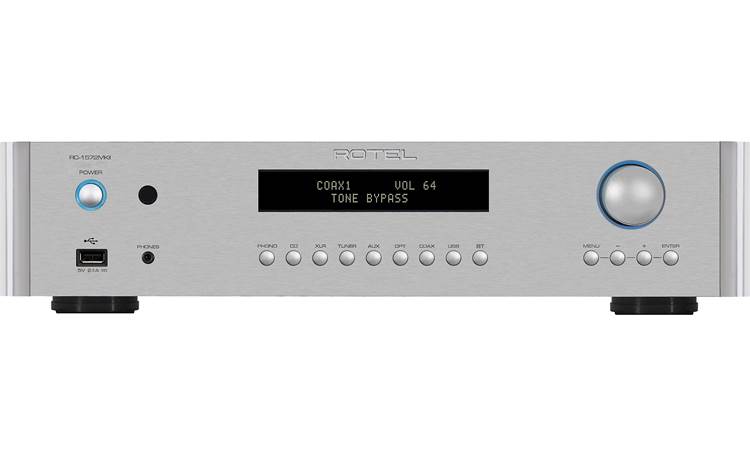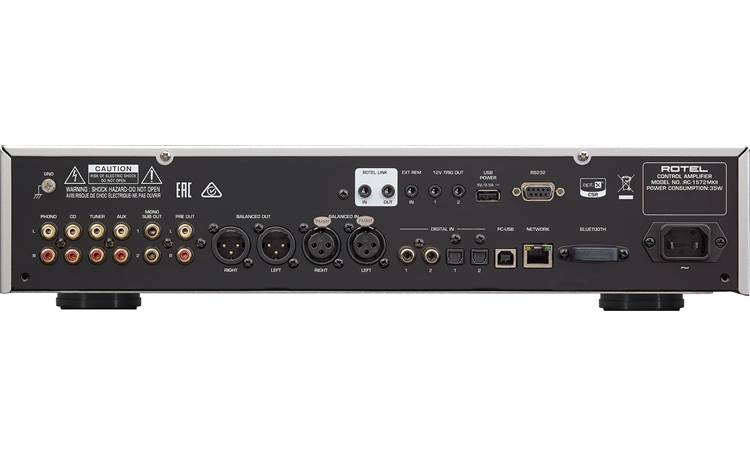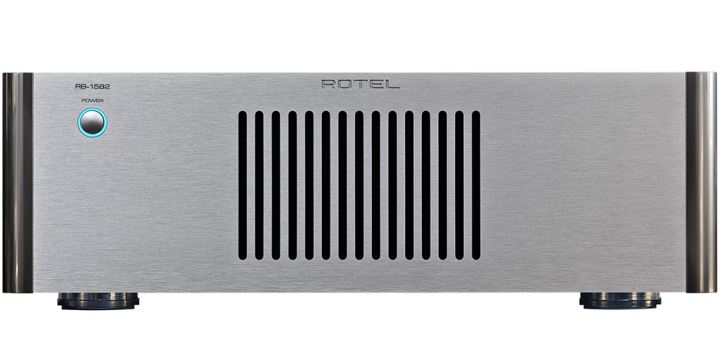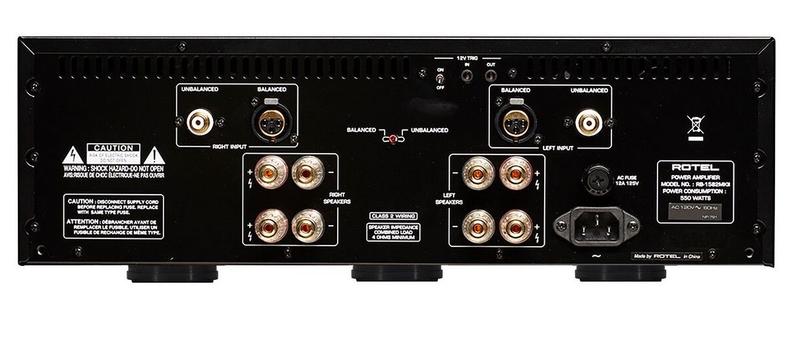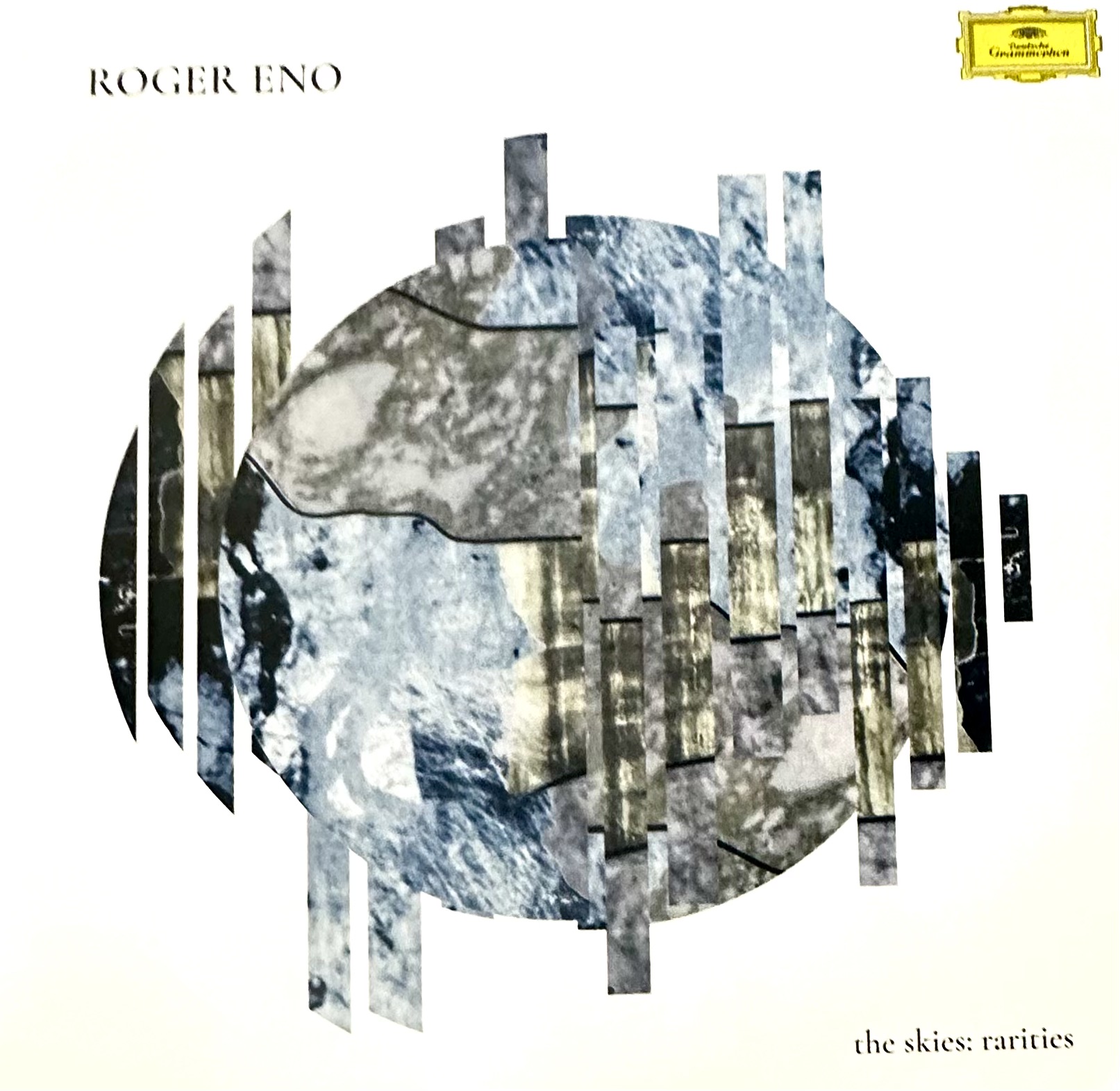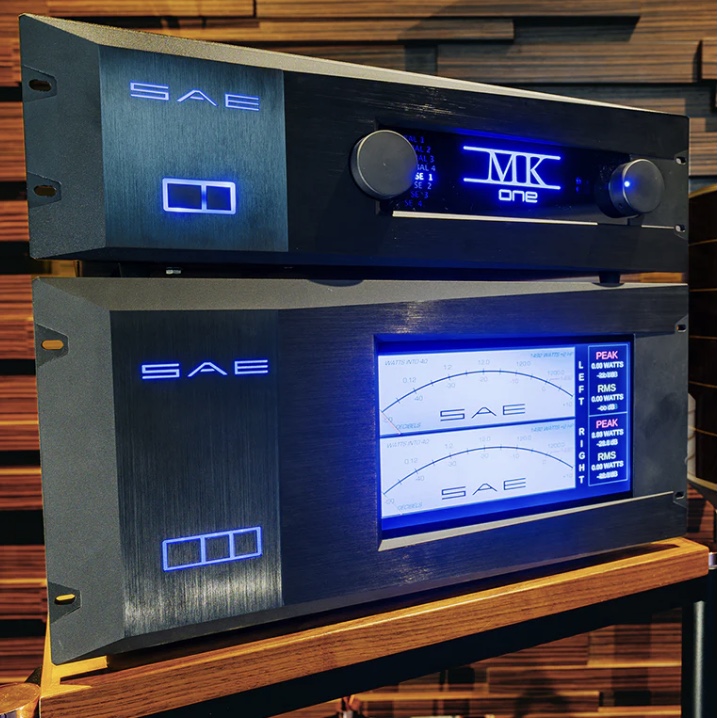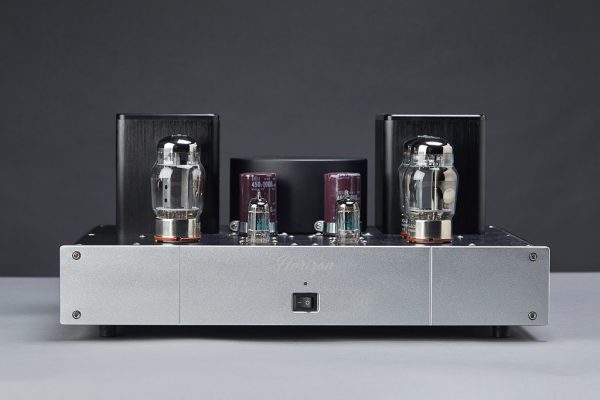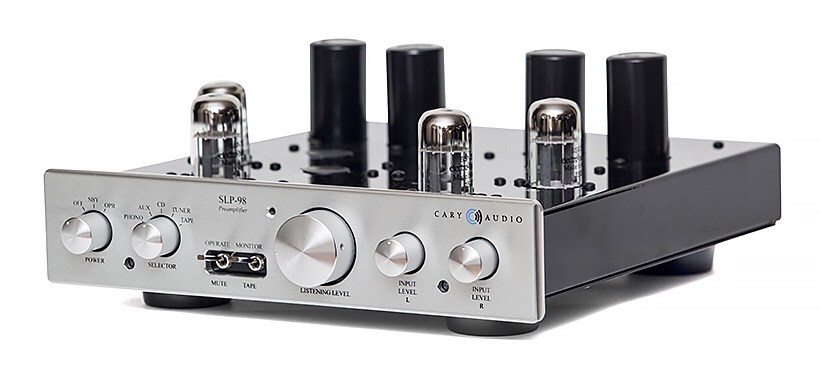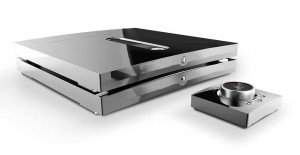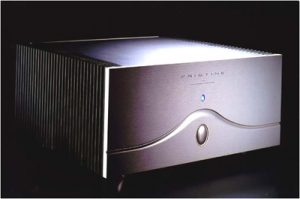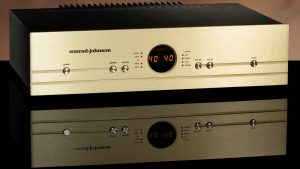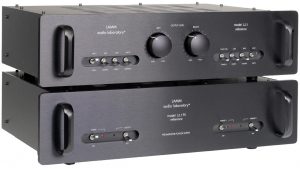I was first introduced to Rotel products back in the mid 70s when I bought my first Rotel turntable from the Stereo Buff in Springfield, MO. I was a poor college student, and they had very affordable prices. I ran that table through a Yamaha integrated amp along with a Aiwa cassette player and Genesis speakers. In those days Monster speaker cable was the best we could do, and we used the interconnects that came with the components. I loved that system. It stayed with me for a long time. About 6 years before I made any real changes.
My, how far we both have come. For over six decades Rotel has been engineering, manufacturing, and delivering audio products built to the highest standards of quality, with extraordinary performance and exceptional value. This Japanese, family owned and operated business leverages the tradition and heritage of this 60-year old icon brand, supported by innovation and passion delivering products proud to wear the Rotel badge, building our ever-growing extended Rotel family of customers including audiophiles, music lovers, musicians, recording artists, and loyal fans.
I was pleased to get a chance to review more modern offerings from the venerable product line. I should note here that the timing could not have been worse. On May 20th I had to undergo a complete left knee replacement after micro fracture surgery failed to correct the issues. I was going gangbusters after two weeks of therapy and care when all of a sudden my gallbladder decided to take a dump. This resulted in 10 days in the hospital, a failed attempt to remove it, and turning me into a human pin cushion! Lo and behold, they sewed me up and 5 days after the surgery they sent me home for two months of recovery, with two drain lines, a pic line that served to deliver the 24/7 antibiotic drip to kill the sepsis and other infections, to wait for the second surgery which with I, thankfully, have been spared, for now. As you can imagine not the best circumstances for reviewing gear. My wife had to unbox everything and place it for me (no lifting anything more than 3-5 pounds). The first two weeks at home I was under the influence of severe painkillers. So my apologies to Rotel for the delay.
Once I was coherent, I let the amp and preamp run in for about 25-30 hours. When I first settled in to listen, my first thoughts were not overly favorable. This was due to the sense that the sound was slightly grating, with over the top edgy highs and very little in the bottom end. I contacted Rotel, relayed my findings, and they told me at least 80 hours were needed to get a full break-in. I was assured the strident sound would go away. So, I continued my run in routine while I was dealing with health issues.
Well it sure made a significant change in the overall delivery, so be forewarned: 80 hours to really break in the gear. At around the recommended time things started to change. Not by slight amounts, but rather I found an almost overnight change to sonic good times!
Both review units came in the silver finish, and have an elegant and purposeful appearance. Very clean and simple. These will look wonderful in any system, and who doesn't want their gear to not only sound good, but to look pleasing also? They even included stick on light diffusers for the large blue light power buttons. Silly people. Everyone knows the more blue light in your listening room the better. This is something I know a great deal about since all my lighting is blue. Okay, for those who are not really into the light color it is a very thoughtful inclusion. Don't like the blue light? These stick on pieces will greatly diminish the brightness without adding any dimming electronics into the equation. Effective with a total absence of any electronic signature.
I tried each component individually in my reference system for a couple of weeks. The amplifier integrated with my system better than the preamplifier did on its own. That being said, running together was where the magic happened. Says a lot for the argument for matching components. Seriously consider buying the two together. They represent a very good value.
RC-1572 Control Preamplifier
This is one of the most flexible preamplifiers I have encountered in years.
This unit has one of the most comprehensive remote control units I have ever handled. There is nothing that cannot be accomplished through the remote. As can be seen in the picture of the front, there are buttons to select the functions, headphone jack, USB port, the remote sensor, and a volume control. Directly underneath is the menu button, +/- buttons, and the enter button if you want to operate the menu items from the front of the unit. I found that I preferred to operate everything from the remote.
The unit provides for five RCA inputs (including the moving magnet phono stage, one set of RCA outputs, and an RCA sub out, plus a set of balanced inputs and outputs. Hard to argue with those levels of flexibility at this price point during the time I had the unit in my system. I cannot imagine anyone running out of inputs to utilize. The inclusion of a moving magnet phono preamplifier is something that many audiophiles will appreciate. If vinyl is in your source material, but you don't require a high end, low output moving coil cartridge, you need nothing else for turntable playback. Just plug into the phono input, and you are good to go. If you want to up your vinyl game with an improved turntable and a moving coil cartridge you can do so with a decent MC phono amp and plug it through another vacant input.
In addition to all of that there is actual bass and treble controls. These came in very handy for fine tuning in the beginning. To opt out there is a convenience tone bypass function. All controllable from the aforementioned remote.
As the company states:
The RC-1572MKII's precision engineering begins with Rotel's ultra-low noise power supply including a large, in-house manufactured toroidal transformer. The transformer design reduces stray radiated emissions and feeds a bank of slit-foil, low ESR capacitors delivering stable current to all sensitive circuits reducing noise and distortion with an ultra-quiet noise floor.
A premium Texas Instruments 32-bit Digital to Analog converter (DAC) renders the digital sources supported by custom tuned, proprietary external output filters ensuring the audio is effortlessly presented with exceptional dynamic detail and musical expression.
Analog, Digital, XLR, aptXTM and AAC Wireless Bluetooth and Moving Magnet Phono Stage inputs ensure connection to your favorite music sources. Digital media files are supported via a 32-bit/384kHz PC-USB connection supporting MQA and is fully certified Roon Tested for graceful access to the near limitless catalog of online music.
The RC-1572MKII is easy to operate using the included remote control and front panel display. Automatic power controls, signal sensing, fixed volume settings and tone adjustments optimize customization settings.
RCA, XLR and subwoofer outputs are provided for installation flexibility. Ethernet and RS232 ensure simple integration with control systems and software updates.
Bring your CDs, Digital Files and Vinyl allowing the RC-1572MKII to bridge generations of music and music lovers.
I cannot disagree with any of the company's comments above.
One of things that threw me off initially was the absence of printed material with the units. That being said, Rotel provided a USB drive that has all the manuals and instructions you need. These are all very helpful when trying to navigate the operation of the unit via the remote. Overall materials are world class, and very easy to follow. Once you spend a full day operating the preamplifier it becomes intuitive.
This is one classy preamplifier.
RB-1582 Stereo Power Amplifier
Rotel's second largest stereo amplifier at 200-watts per channel into 8 ohms, provides the massive current to drive the very largest HiFi systems effortlessly. And like its smaller brother, the RB-1582 MkII has been designed to excel at resolving the subtle details in music as well as supplying the brawn required for extremely dynamic passages. It is able to achieve this difficult dual requirement because of the meticulous attention paid to circuit design and parts selection.
The RB-1582 MkII's high-end performance begins with an extremely large toroidal transformer combined with a total of 60,000µF storage capacity in special "slit foil" capacitors to provide completely stable power to the output stage. Slit foil capacitors have the ability to charge and discharge extremely quickly, thereby ensuring signal fidelity during orchestral crescendos or repetitive kick-drum impacts. Both left and right channel constructions are laid out in a mono block design (after the toroidal transformer), and all grounding is terminated in a star pattern on a copper grounding plate to ensure low signal to noise. The output stage is a discrete design that consists of 10 high current bipolar transistors per channel. Input options consist of both balanced XLR and unbalanced RCA connectors.
The RB-1582 MkII stereo power amplifier is yet another outstanding example of Rotel's Balanced Design Concept, and will form the heart of a very impressive stereo or home theater system for years to come.
I found this amplifier to jell exceptionally well in my system. Replacing my Cary 805s with the 1582 really highlighted the difference between low power SET amps with a max of 5-watts, and a solid-state amp with 200-watts. Headroom increased exponentially. Initially the amp seemed a bit harsh and bright. As previously stated I had nowhere near enough run in time. Once I closed in on 80 hours it began to loosen up a bit, and got a bit more warmth. Not 805c warm, but far less edge. By the time I was finished with the review, it had settled in nicely and was simply became a real joy to listen to.
What became obvious was this amp provides a huge amount of grunt for the dollars invested. Soundstaging was huge, easily matching my reference amp for breadth of soundstage, and the depth and height were also very good. Depth was a bit shallower but convincing. I have heard systems in my days that made the soundstage as big as a large theater. I would describe it more as a medium size venue. At that level it was entirely convincing in its realism. The focus was very strong. Reasonable imaging, separation of performers, and a good sense of air around all the musicians. What I really appreciated was how well the amp delivered bass once it was broken in. It can deliver some serous thunder. Not bloated or overly attenuated, just raw energy that never failed to impress with its tightness, control, and lack of smear in the bottom end. Kick drums snapped and delivered significant punch that you could feel in your gut. That is one of the most important abilities to leave the listener, feeling as though they were part of a live event.
Listening Notes
Once deep into listening I began to pull my usual suspects from my review rotation music. First up were selections from my vinyl collection. Since I currently only possess moving coil cartridges I ran my turntable rig through the aux input.
Without a doubt my favorite album to track female vocals is Eve Cassidy's Songbird, and the track "Over the Rainbow." I often wait till the later stages for this one, but I just felt compelled to start with this track to see how the system handled the delicacy of her angelic voice. Tear time. If a system does not reproduce the chilling tingles and emotion of the track it becomes a hard pass for me. No worries here. The modulation and control of her voice were front and center. The way she moves up the range at the end of the track, if properly delivered, will always bring tears to my eyes the emotion is so strong. Also when playing the track, her guitar player, who anchors the song, you should be able to hear the quality of flesh on strings. With the Rotel duo it was all there.
I next pulled out an obscure group named Pink Floyd. From Dark Side Of The Moon (EMI7243859865 12) comes the track "On The Run/Time." I chose these two because they quite literally run together. What I appreciate with this combo track, as it were, is the dynamics. The synthesizers and frenetic pace, not to mention Nick Mason's drumming, are absolutely alluring. The recording will give you a real run for the money. For the first time I heard what appeared to me was the use of a drum fill loop as opposed to the spot on drumming of Mason during "On The Run." His tom tom performance during the intro to "Time" is clearly an example of his rhythmic timing and superb control. All the instruments came through in a proper space. This recording will give you a huge soundstage, and during the "On The Run" piece the sound of the plane crashing into the arena wall, as seen during the Pulse concert, left me feeling like I was back in the arena. The overhead flight and impact were all there, though not quite as thunderous as the live version, it acquitted itself admirably. Since the song is rather strident on this pressing the Rotel combo did not exacerbate the issue, as I was afraid it might. It delivered it rather accurate to the original recording. I don't think you can ask a system to do much more than that. If it is a bit too strident for your ears, guess what? You can attenuate the bass with the bass tone control. It reminded me of why I find myself wishing at times for a set of simple tone controls. A very thoughtful addition.
Next up was one of my faves—Wayne Shorter and the album Moto Grosso Feio (Blue Note BN-LAU14-G). He assembled a very eclectic group for this recording. Of course Wayne on saxophones, Chick Corea on marimba, drums, and percussion (I had no idea how accomplished he was on drums), Ian Carter on cello/bass, John McLaughlin on guitar, Dave Holland on acoustic guitar/bass, and 19 year old Belgian prodigy Michelin Prell (Belgium's own Michael Shreveport) on drums and percussion! The tune is somewhat frenetic with a lot of different percussion underscoring his sax playing. What really stood out was the placement of the musicians spread out across the stage both left to right and front to back. This gave the music a serous feeling of being live in a small club. The whole album has a jungle vibe to it, by design. Wayne encouraged everyone to play a character besides themselves, and the whole group relished the opportunity to play outside their normal lanes. What we get is, in my opinion, a historical recording.
To the Rotel's credit, it produced every bit of music in the recording, and in proper balance. Transitions never flustered it and the delivery was spot on. This is one of the busiest tracks I use in reviewing, and it throws big challenges at gear trying to reproduce it. This was a home run with this duo!
For something very different I chose a track from Joss Stone's 2004 release Mind Body and Soul (Curve Records 724359489711). The track "Spoiled" is the absolute best track to get a real feel for her incredible handle on R&B vocal delivery. Her voice has great range and control. Soft when it is appropriate, completely lacking and grit, and so creamy. Then, like flipping a light switch, she reaches deep into the emotions and the grit and gravel come out as she channels Janice, and just hammers the message home. She is a rare talent on the scene of young female vocalists who sound like cookie cutter versions of each other. Two years ago I made a playlist of songs from 1969 for my goddaughter and my oldest granddaughter to just show how diverse the music on the top 100 was. They were dumbfounded! I then brought this album and showed them what real talent sounded like. They are both big Joss Stone fans now and listen more to retro music as a result.
Finally I went to the Chairman, Frank Sinatra. The ever cool cat! I went with his final album the 1984 LA Is My Lady with Quincy Jones and Orchestra album (Qwest Records 25145-1). This album has some of the finest musicians alive today supporting the Chairman. Quincy Jones arranging some of the tracks and directing the orchestra is joined by a cornucopia of the best, including George Benson, Steve Gadd, Michael Brecker, Ray Brown, Bob James just to name a few. On the track "Mac The Knife" the Chairman is at his hip cat swingin best. No man ever made the use of the name "Jack" as a general lyric sound so proper as Frank. This version snaps from the intro to the end. His voice as rendered by the Rotel duo in all its smooth, suave, and sophisticated best was impressive and would require a more expensive system to better it by much. The musicians are all present in proper space. This track has everything from sparkling highs to some decent bass energy. The highs like cymbals and some of the brass was well presented without grain and edge. Decay of cymbals was commendable and very lifelike. Steve Gadd's drumming is as tight and precise as I have ever heard. As one of the best drummers alive, this recording goes a long way to display his prowess with the sticks. Every whack on the drums came with proper impact, snap, and force. These are all things that must take place when listening to vinyl on a reasonable system. The Rotel duo of the RC1572MkII preamplifier and the RB 1582 MKII amplifier provides this in spades.
Digital Music
I have recently discovered a rather interesting Swedish band named Dirty Loops. The band has three full time members: drummer Aron Mellergarth, bass player Henrik Linder, and keyboard player/vocalist Jonah Nilsson.
These guys are very serious and gifted musicians. What really throttles people upon first listen is the fact that Jonah is almost a direct clone of Michael Jackson vocally. While Henrik and Mellergarth anchor the trio with some of the most wonderful drumming and bass, the keyboard and vocals by Nilsson take things to the next level. For this review I used the bass and drum track called "Bitten By The Kitten." The performance was recorded in a small room with a live audience for the series Songs For Lovers. Since it has not hit any of their releases, and is only available on YouTube, I streamed it from the music service. If you want a real test for rhythm and pace, this is it. This track is a raucous roller coaster ride that never lets up. The powerhouse and bombastic drumming of Mellergarth, while Henrik underscores it with some amazing bass lines. Every hit on the snare, every tap on a cymbal were delivered with intending speed and incredibly accurate delay. Kick drum hits were in your face and moved adequate amounts of air without being bloated and over done. The stick riding the bell on the cymbal creates a crystalline bell effect that is delivered perfectly. What a great way to start off the digital streaming. While I am a lifelong vinylholic, the improvements made in the digital realm are becoming more and more impressive with each passing year. Convenience and never having to change an LP or CD makes it ideal for couch potatoes and those of a bit disabled! (I still prefer the sound of vinyl and analogue tape, but the gap is much smaller).
Next I went to Julie London's "Cry Me A River," from the 1955 release Her Name Is Julie streamed through Tidal's HiDef service. One of my all time favorite female jazz singers. This track is supported by Barney Kessel on guitar and Ray Leatherwood on bass. This allows Julie's voice to be front and center and clearly above the instruments. The timbre of her voice is so sweet. The detail in her voice was outstanding. Every minute detail was there including the low level sibilants.
The midrange was creamier than I expected from a solid-state duo, especially compared to my tube rig. Well done to you Rotel!
Next up I went for a favorite Instrumental jazz selection from the late, and definitely great Malcom John Rebenneck aka Dr. John. The tune "In A Sentimental Mood" from his first major label effort Dr. John released in 1989. This track really highlights his incredibly deft touch on the keys. A major reason so many musicians sought him out for studio work.
The piano playing is augmented with a minimal rhythm section and a very lush string ensemble. The track swells and breaks like waves on the ocean. Nothing thundering, but the kind of motion and swell that would gently rock you to sleep on a boat. I could hear the subtle nuance of the hammers hitting the strings. Not up front and in my face, but very light in the background. The detail was wonderful.
Synergy is the word for the day.
Both of these components are good solid pieces on their own, and well priced. Certainly recommended, but as stated earlier, when used together they are stellar. Price independent you would need to work hard to find a better ensemble just on their sonic merits, and would certainly have to spend a good deal more to beat them. If you have a local dealer that allows for in home demo periods before purchase it would be prudent if you were interested in purchasing one or the other other, if not both. If you are looking for a solid power amp and a matching, rather flexible preamplifier, I don't know how you old beat these two as a pair. It is good to see Rotel doing so well, and constantly improving. As an owner of the brand I can say I was always impressed with design, construction, and execution. Those impressions are only enhanced by these current components. Yay Rotel, and yay all of us who appreciate top quality gear at reasonable prices. Highly recommended!
Rotel RC-1572 MKII Preamplifier
Retail: $1399
Rotel RB-1582 MKII Stereo Amplifier
Retail: $1899
Rotel
US Importer
SUMIKO
9464 Hemlock Lane North
Maple Grove, MN 55369
510.843.4500




